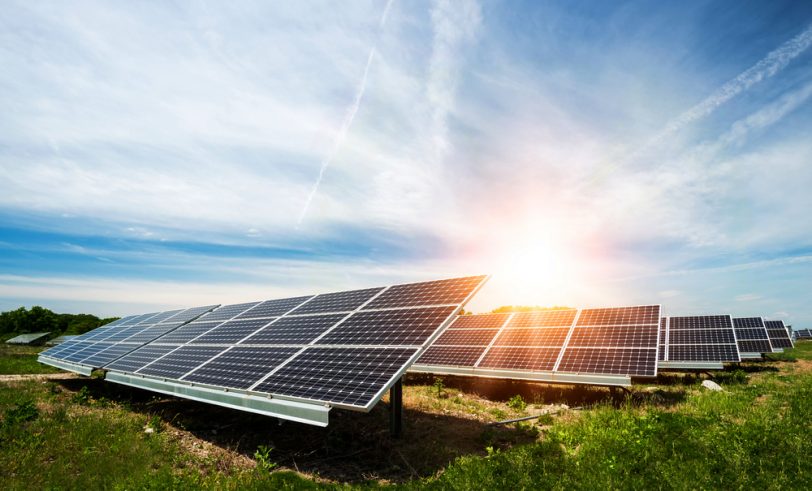Michael Moore’s “Planet of the Humans” Highlights Limits of Green Energy

To commemorate Earth Day, filmmaker Michael Moore released a documentary that did a surprisingly good job highlighting the shortcomings of green energy. While indulging in anti-capitalist rhetoric and overpopulation theories, the film nonetheless makes important points about wind and solar energy, and Missourians should take note.
One of the major limitations of green energy such as wind and solar is its reliance on the weather, which causes intermittent droughts in production. To compensate for intermittency, wind and solar plants must be backed up by reliable power plants, typically powered by fossil fuels. Providing green power when the weather does not cooperate requires massive amounts of surplus generation and battery storage. And, as the film notes, existing batteries can currently store just 0.1 percent of worldwide energy usage.
To even attempt such a green energy buildout requires massive amounts of land. The film shows how a football field-sized solar array can only power ten homes per year in a Michigan town, with the developer saying it would take a 15 square mile field just to power that one town.
Further, green energy is not as “green” as it appears. As the film notes, materials for wind turbines and solar panels must be mined, processed, and transported—a process dependent on fossil fuels. And since solar panels last only roughly 10 to 20 years (and wind turbines slightly longer), this process must be repeated frequently.
Wind and solar plants are often dependent on fossil fuels even when up and running. In addition to requiring backup power, the film highlights how the Ivanpah solar thermal power facility in California—the largest in the world of its kind—used enough fossil fuels during construction and operations that it may as well have been a natural gas plant.
The challenges highlighted above call into question the wisdom of relying too heavily on wind and solar power. An initiative petition circulating in Missouri would do just this by constitutionally requiring up to half of Missouri’s electricity come from green energy. Missouri would face additional challenges in reaching that requirement due to our very limited existing green energy infrastructure. Under 4 percent of Missouri’s electricity comes from wind and solar power, and a planned ratepayer-backed $1 billion wind expansion will increase that to only 6 percent.
While there is a place for green energy, Missourians must be cognizant of its limits.

